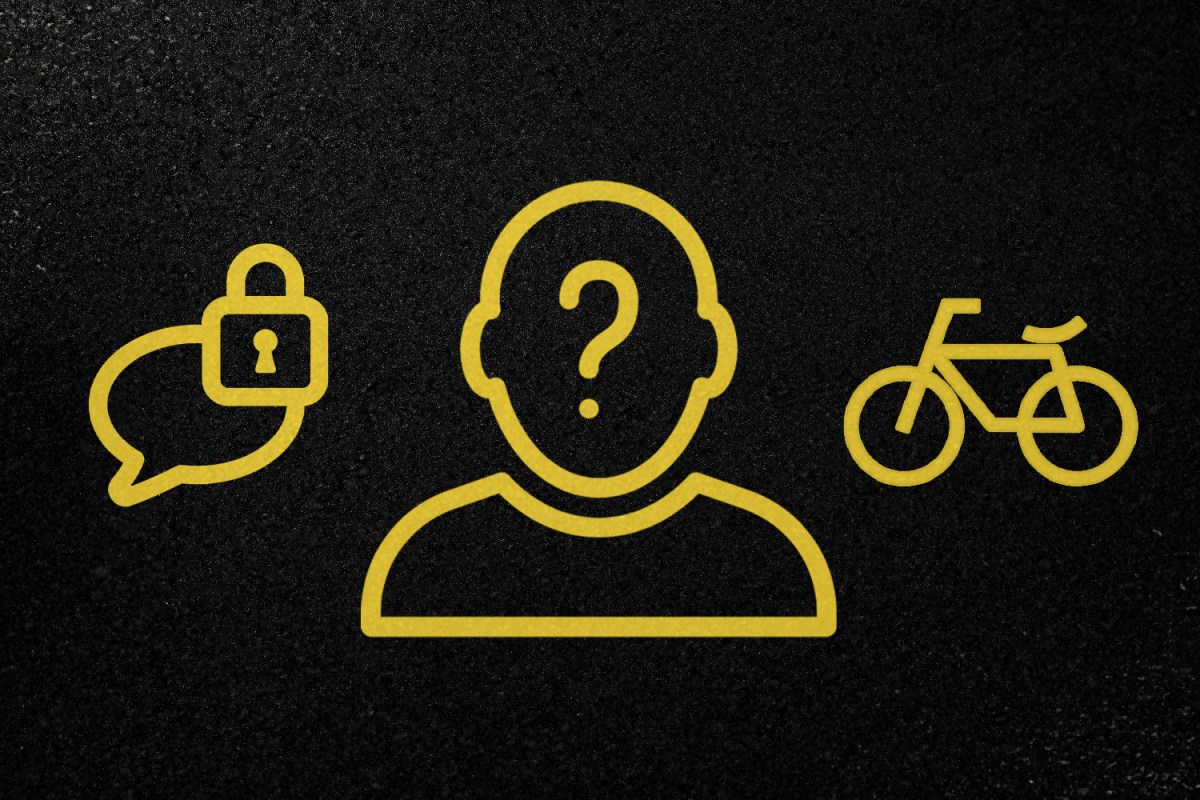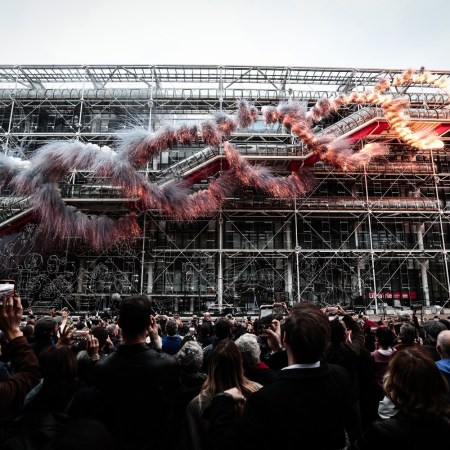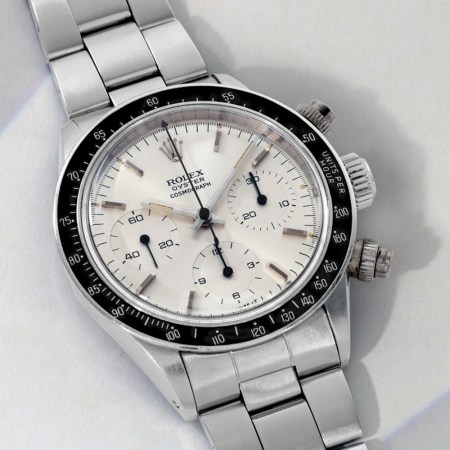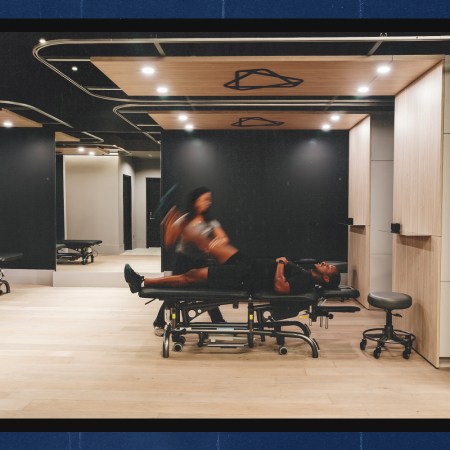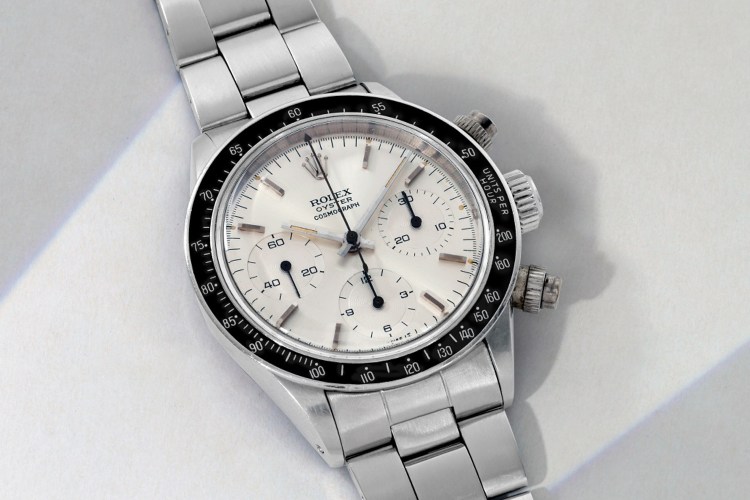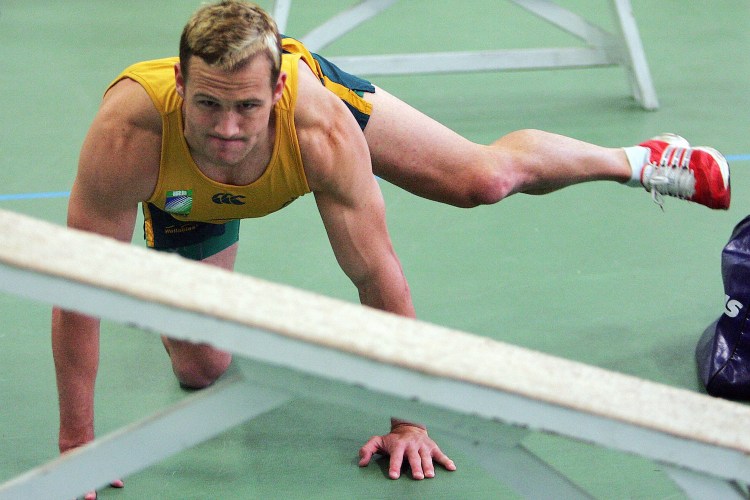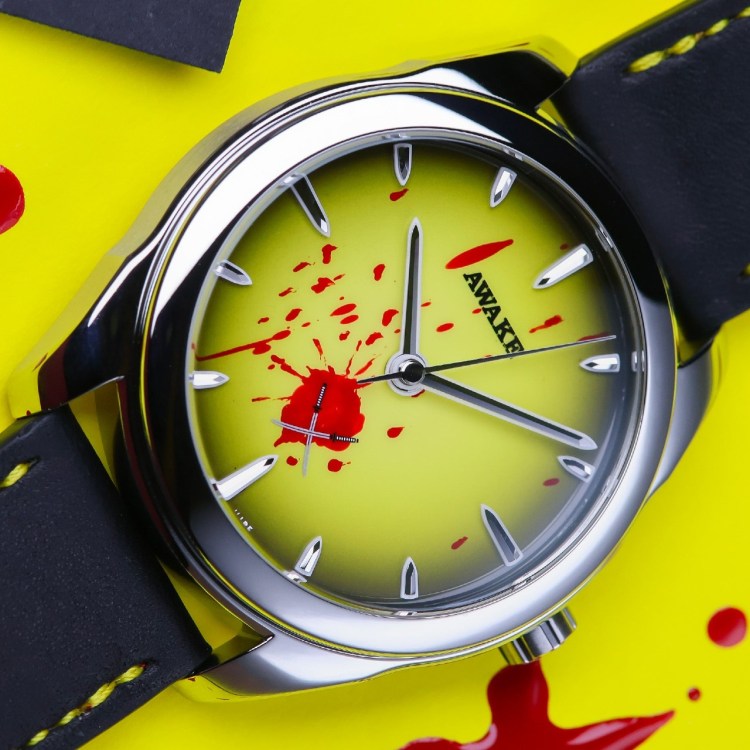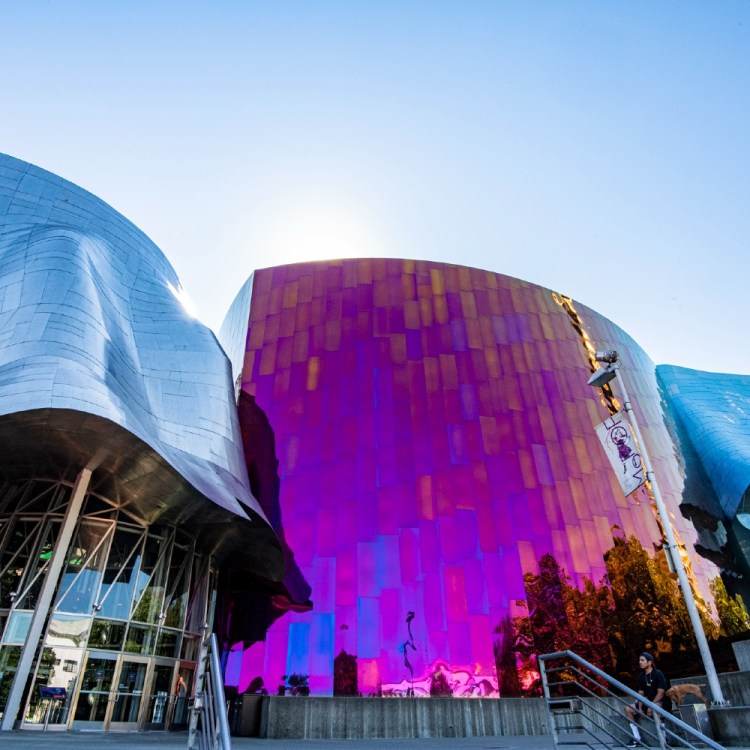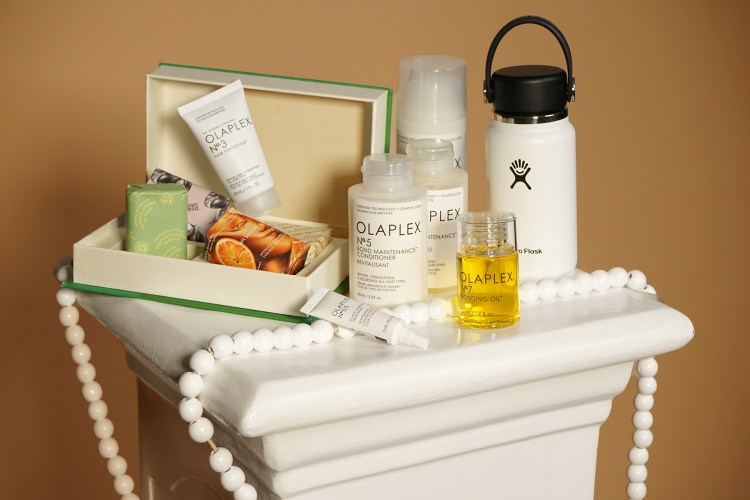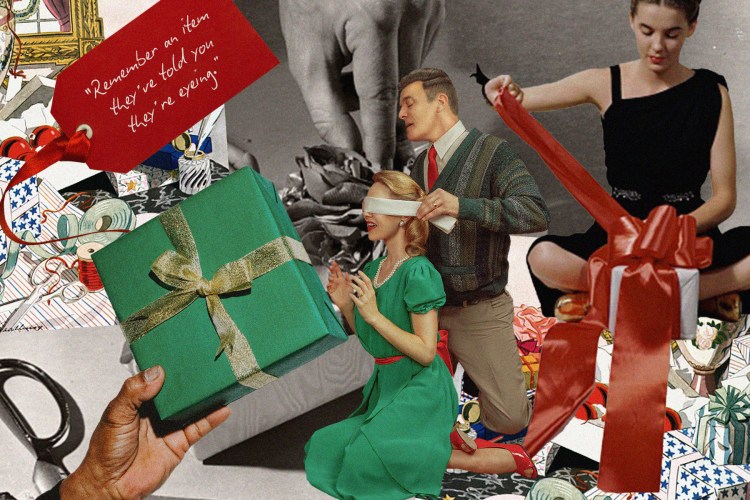Social media has proven to be an essential tool in spreading awareness about the ongoing protests that have taken place across the country in response to the murder of George Floyd.
Instagram and Twitter are flooded with resources: advice on where to donate, what petitions to sign, templates for calling/emailing your local officials, lists of articles and books on antiracism. Bail fund links have gone viral, with many funds receiving millions of dollars in donations.
On TikTok and Twitter, you can find overwhelming instances of police brutality and police escalation toward peaceful protestors, an important part of the narrative that mainstream media organizations have mostly ignored in favor of reporting on looters and rioters. But in the age of surveillance, social media can also pose a huge threat to protesters. Many police are using the platforms, as well as phones confiscated from protesters, to target and track down other protesters.
Below are a few things to keep in mind before attending a protest that will help you protect yourself, and other protesters, from police surveillance.
Protect Your Phone
Two critical things to note before bringing your phone to a protest: it has information on it that cops want, and it can be a helpful tracking tool for police.
In a Twitter thread, Evan Greer, the deputy director of Fight for the Future, laid out useful information about digital security, steps you can take to keep yourself protected, and they shared a comprehensive surveillance self-defense guide from the Electronic Frontier Foundation.
“Cops are almost certainly using ‘Stingrays’ or IMSI devices to intercept and monitor SMS communications en masse in the area of demonstrations,” Greer writes.
An IMISI-catcher essentially acts as a “fake” mobile tower that tricks phones into connecting to the tracker. From there, police can access your location and monitor text messages and calls. Consider using an end-to-end encrypted messaging app like Signal or WhatsApp.
Also, make sure the data on your phone is encrypted. If you have an iPhone, set a strong password instead of using facial recognition or fingerprint ID. If you use an Android, go into your security settings and make sure full disk encryption is turned on.
Back up all the data on your phone beforehand in case it is confiscated, as you may not get your phone back for days — or ever. You might also want to consider bringing a burner phone if you have one.
“Police are very likely using cell phone location data to monitor the protests, and may use it in the future to investigate people who were in the vicinity of alleged crimes,” notes Greer. “Leave your phone at home if you don’t need it, or put it in airplane mode when not using it.”
Regardless, make sure you have a backup plan in case you’re arrested and your phone is confiscated — memorize or write down numbers of people you can call for help.
Be Careful of What You’re Posting
From the start of the protests, many on Twitter implored others to refrain from posting and sharing images that clearly show the faces of those protesting. Everything you post online can be used by the police to track down protesters for future investigations.
Many activists point to the fact that a number of men tied to the Ferguson protests have since died, including Edward Crawford, Jr., who was the subject of an iconic photo taken during the 2014 protests. Activists have raised alarm that those depicted in viral photos have and can be easily targeted.
Buzzfeed News reported that the Minneapolis Police Department has used a number of surveillance technologies in the past, including Clearview AI, which has scraped billions of photos from social media to power its facial recognition tool. If you’re going to snap photos, here’s a helpful guide, which details what not to do and how to thoroughly edit your photos before posting them to social media.
Don’t Wear Anything Identifiable
In the same vain, be completely un-identifiable.
As the tweet above notes, wear plain clothing — avoid logos, patterns, symbols or any other easily identifiable details. Cover tattoos, piercings and hair. And while you obviously should be wearing a mask because we’re still in a pandemic, try to cover as much as your face as possible.
Walk or Bike
Police are also using Automated License Plate Readers (ALRPs) to track movement in the areas around the protests. ALRPs use small, high-speed cameras to photograph thousands of plates per minute. The information captured is being collected and, as the ACLU notes, large databases that include innocent motorists’ location information are growing rapidly, with information being retained for years or indefinitely. If you’re at risk of being targeted, consider walking or biking.
Of course, there is still no way to be 100% safe and to secure your privacy and data entirely — but taking digital safety precautions is better than nothing, and not just for you, but for the people around you.
As Greer notes, “Remember that taking these steps isn’t just about protecting yourself, it’s about protecting others who may be more at risk than you because they are undocumented, have a criminal record, have an underlying health condition that would make an arrest life threatening.”
This article appeared in an InsideHook newsletter. Sign up for free to get more on travel, wellness, style, drinking, and culture.
